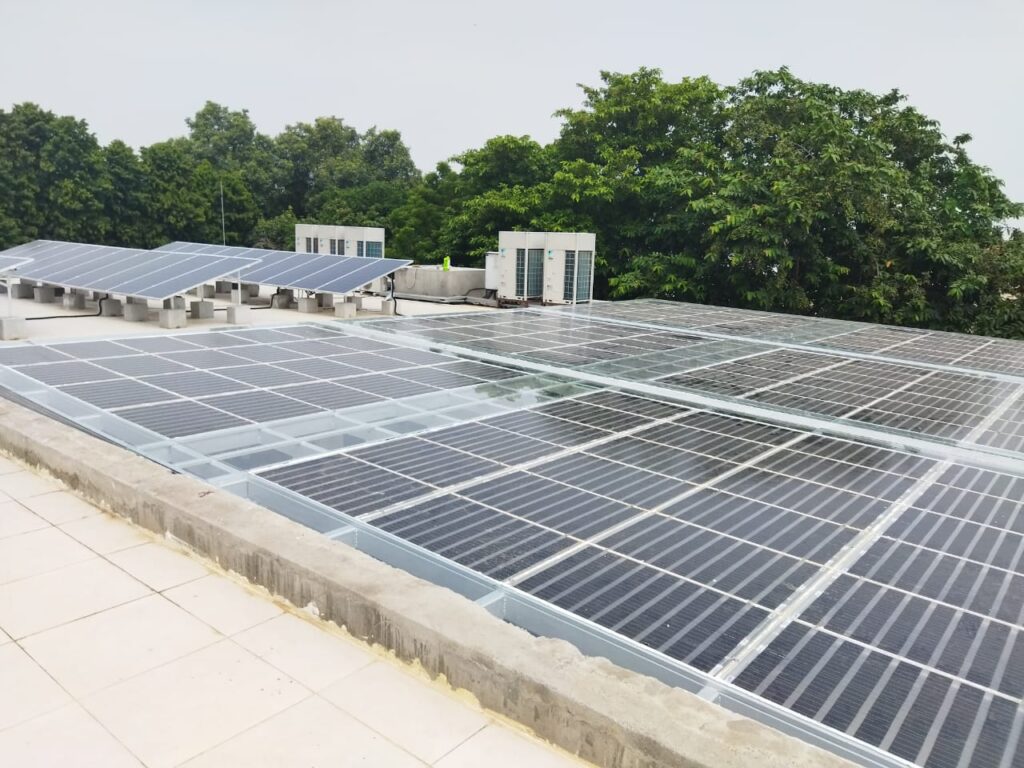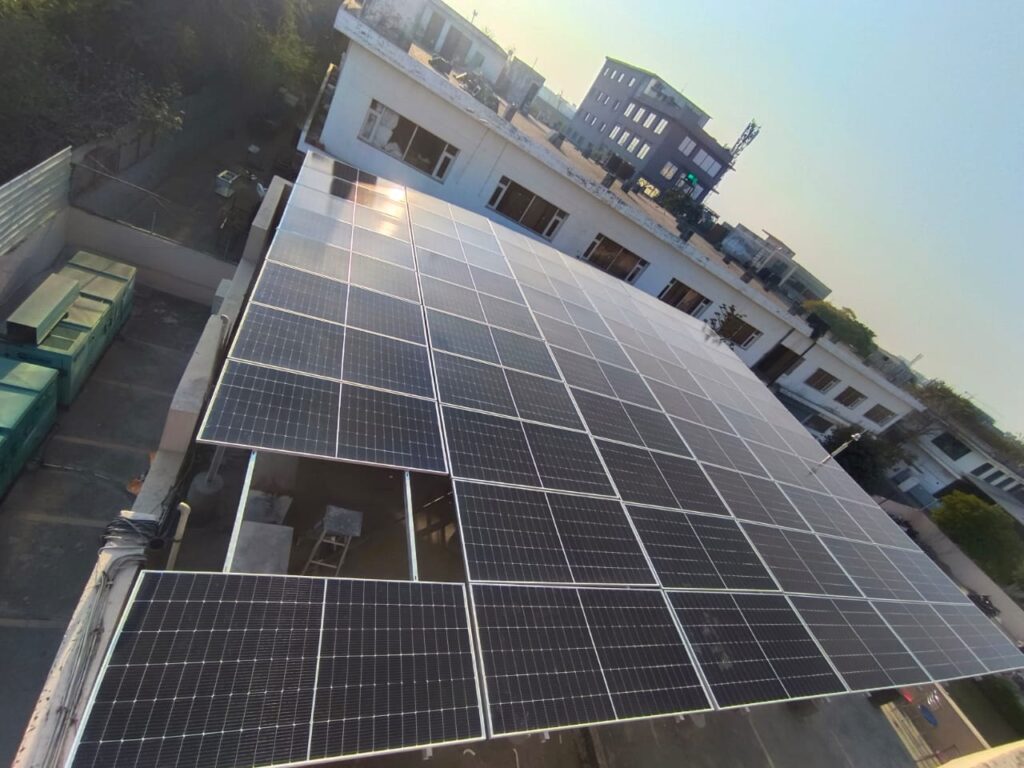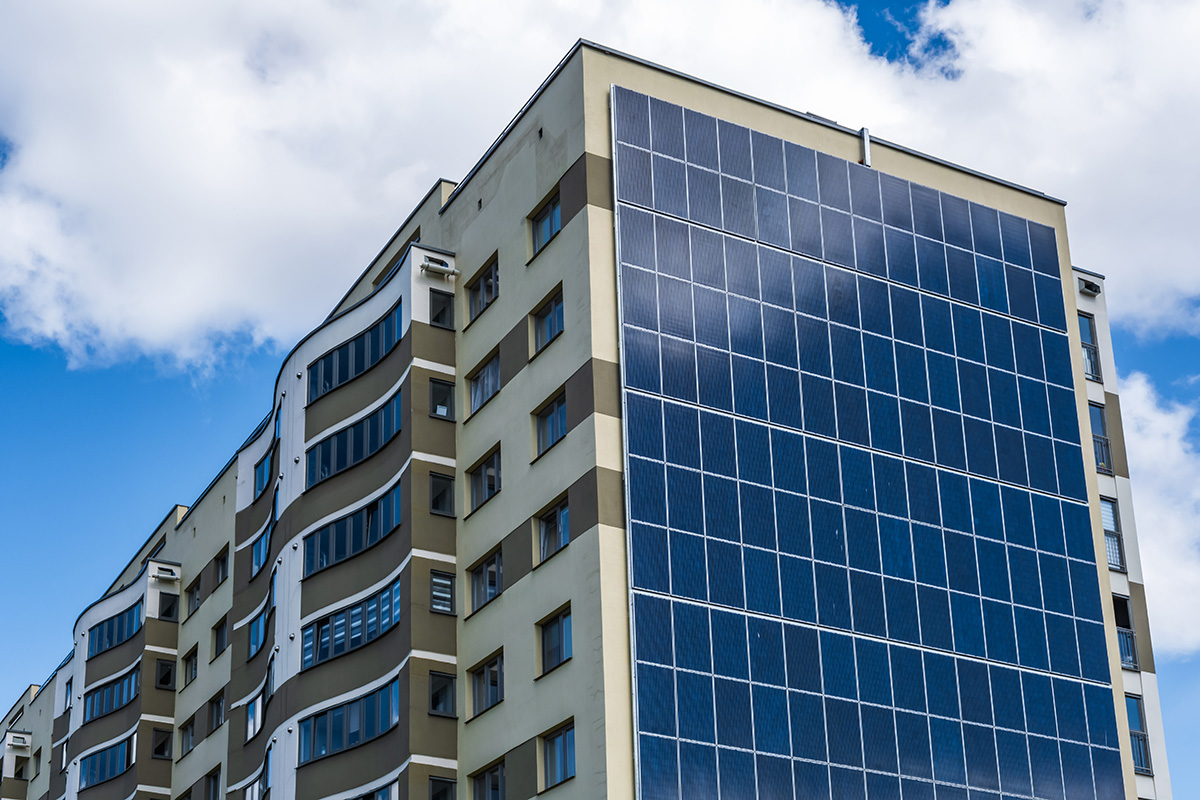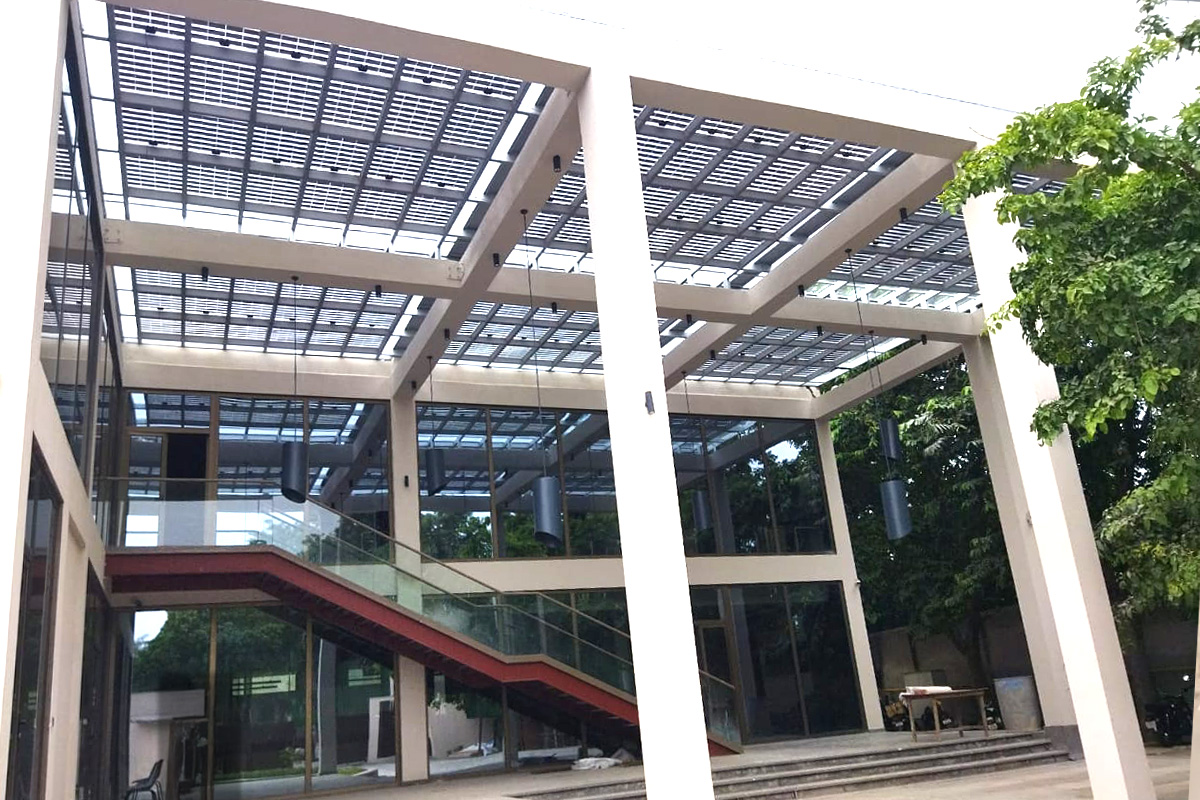
Taking Solar PV further with BIPV?
- A Building Integrated Photovoltaics (BIPV) system consists of integrating photovoltaics modules into the building envelope, such as the roof or the facade.
- Building-integrated photovoltaics (BIPV) are dual-purpose: they serve as both the outer layer of a structure and generate electricity for on-site use or export to the grid. BIPV systems can provide savings in materials and electricity costs, reduce pollution, and add to the architectural appeal of a building.
- The technology is extended to retrofit applications as well.
- Enhanced renewable energy generation improves our contribution to climate change and BIPV helps.
Types of BIPV-1
Flexible Solar Module
- Eliminates the impact of cell cracks & ribbon fatigue in panels
- Reduces rigid/heavy panel structure requirement
- Higher performance throughout lifetime
- Increased number of applications and use cases
- Quick to install. Low system installation cost
- Ultra lightweight
- Can be rolled, fitted on a variety of curved surfaces
- Superior low light and low sun performance

Actual site picture

Types of BIPV-2
Glass to Glass Module
- Glass with anti reflective coating optimizes light transmission
- Weather resistant
- Aesthetically pleasing design
- Thermal insulation
- Visual cover/ refraction
- Noise protection. Up to 25dB sound dumping is possible.
Types of BIPV-3
Fiber Cement Board Solar Module
- Sleek design ( 12 mm)
- Water proof roofing
- High thermal resistance
- Can be used to replace a roof
- Minimizes effects of heat and rain inside the building
- More power in smaller footprint
- Surface can be walked on
- Fire, wind and rain resistant.
- Strong certifications

Actual site picture

Actual site picture
Types of BIPV-4
Partially Transparent Module
- Glass with anti reflective coating optimizes light transmission
- Weather resistant
- Aesthetically pleasing design
- Thermal insulation
- Visual cover/ refraction
- Noise protection. Up to 25dB sound dumping is possible.
